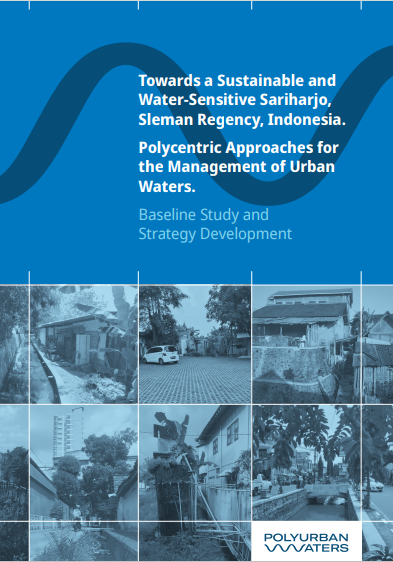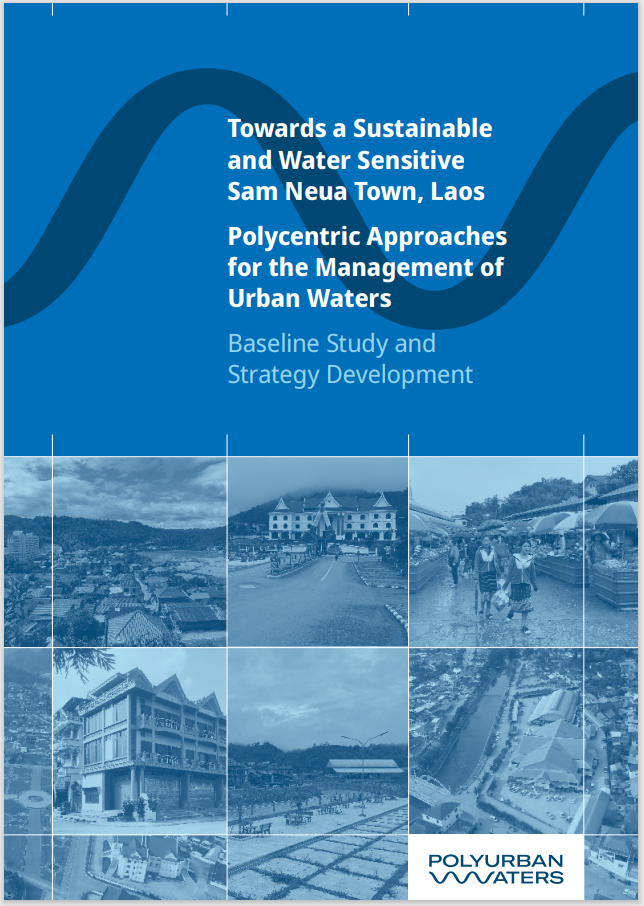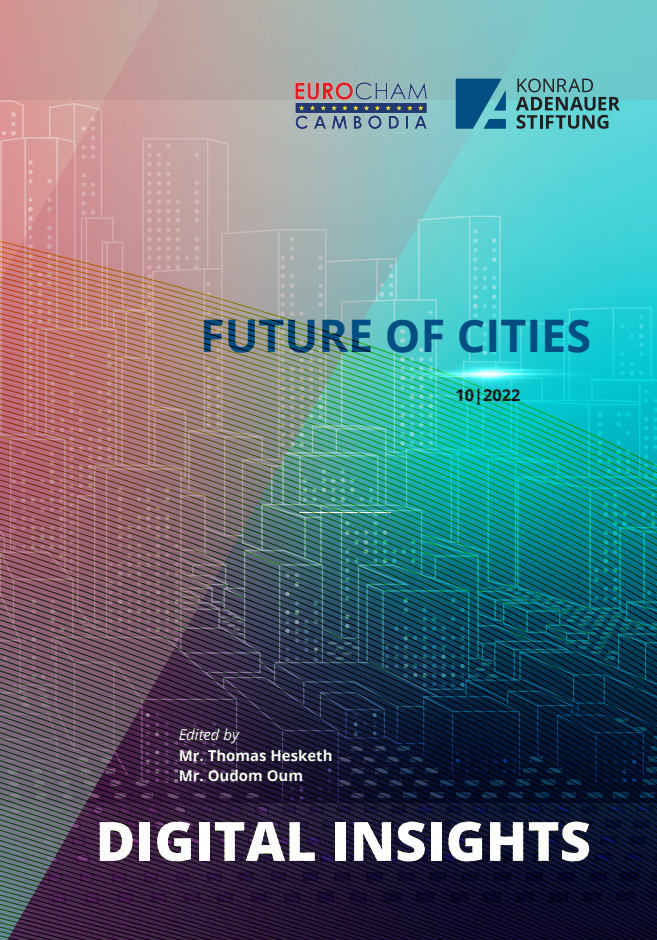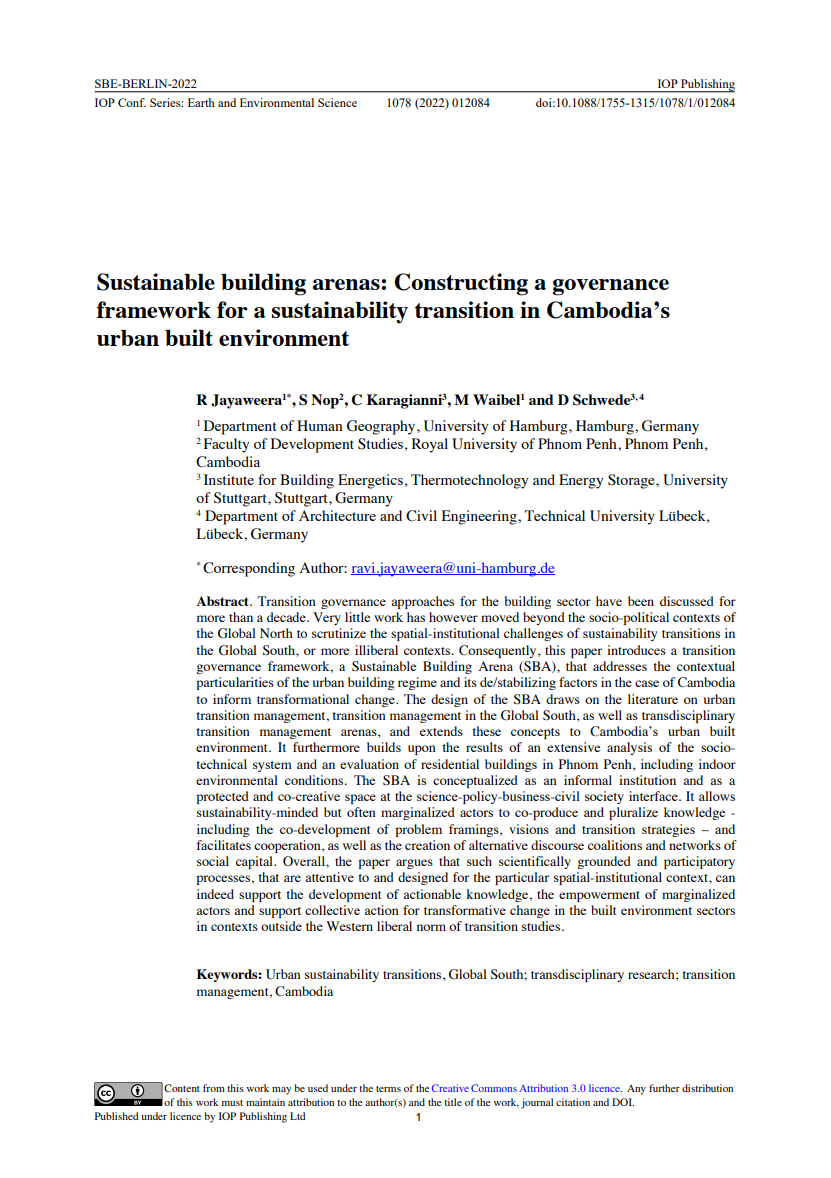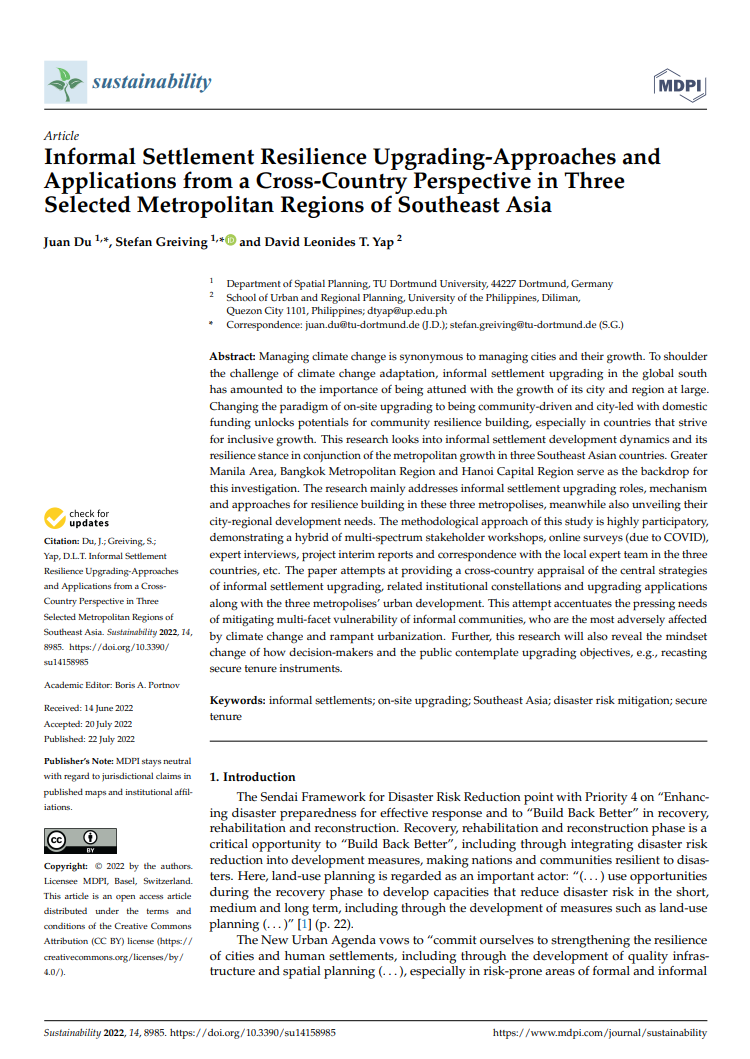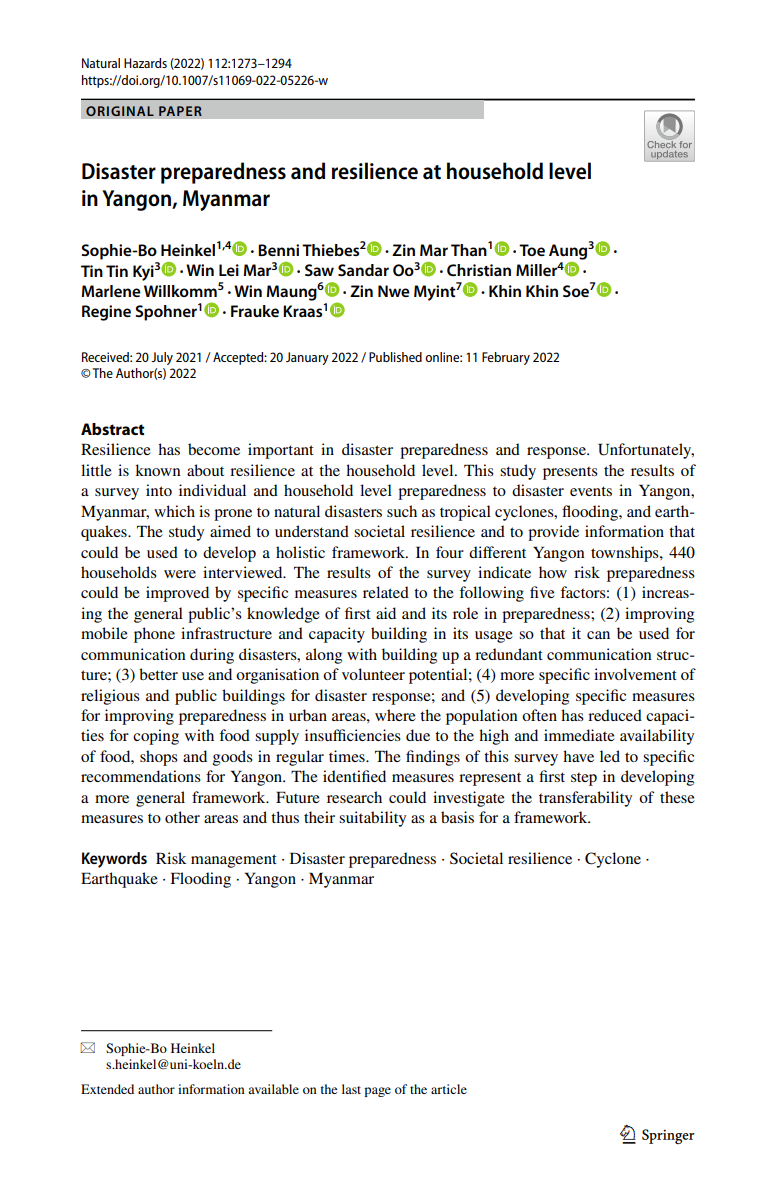The Regency of Sleman is part of the Yogyakarta Special Administrative Region KPY). Along with Indonesia's dynamic economy, KPY is, as with other secondary cities in Indonesia, an essential crystallization point for the economic and social development of Southeast Asia's largest economy. In future, KPY will most likely be able to significantly strengthen its position as a center for higher education and research and as a center for services in tourism, commerce, and the digital economy, etc. At the same time, small-scale agriculture, which has shaped the region's economy and culture for centuries, is increasingly being marginalized. KPYs urbanization dynamic is accompanied by profound land-use changes and a deep socio-economic transformation. This implies profound ecological, economic, social and cultural transformation processes in the whole region.
These developments will translate – if inappropriately managed – in to serious impacts on common and equal prosperity, public health, ecosystems and the livability of human settlements. The 86 villages of the Sleman Regency with its population of 1,125,804 residents (2020) face increasing water challenges in the context of increasingly dynamic urbanization. Water-related basic-needs services, inclusiveness and the livability of these increasingly urban villages must be ensured. The fundamental socio-economic, cultural, and environmental transformation of villages that is a daily experience already require new approaches to village or urban development and the management of local water resources. This is a challenge that will be intensified in view of the impacts of climate change. Located in the Special Region of Yogyakarta and in the Ngaglik sub-district of SlemanRegency, Sariharjo Village exemplifies the process of change in many parts of the Sleman Regency. As with many villages of the Regency, Sariharjo shows how a traditional agrarian social structure and water use patterns will become more urban posing significant challenges for sustainable water management. This dynamizing change has an increasing impact on the villages’ water resources. Challenges that may be even exacerbated by climate change impacts. Similar to the whole of Sleman Regency, Sariharjo is experiencing increasing pressure on its water resources.
